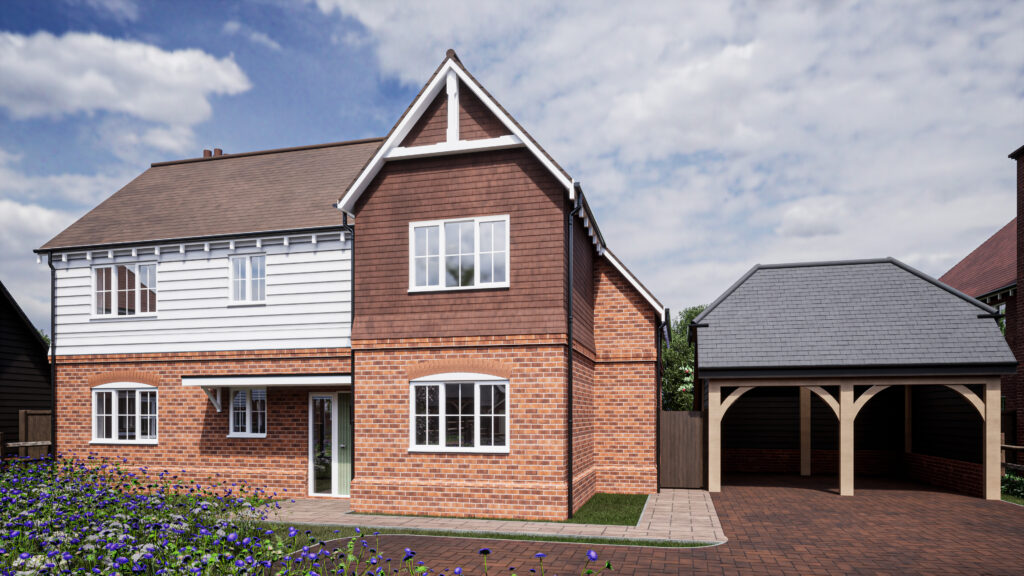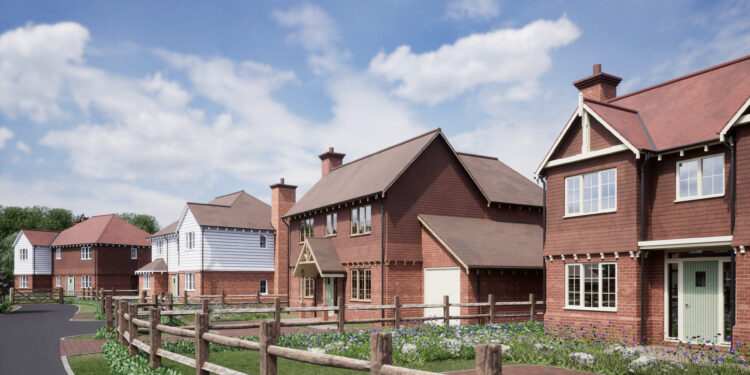Achieving planning permission approval is a pivotal step for residential homeowners looking to enhance or expand their properties. However, navigating the planning process can be complex and challenging, requiring careful planning, strategic thinking, and adherence to regulatory requirements. In this comprehensive guide, we’ll explore expert strategies to help homeowners maximise the potential of planning permission approval and unlock the full value of their properties.
Understanding the Planning Process
Before delving into strategies for maximising planning permission approval, homeowners must understand the planning process. Planning permission is typically required for any development or alteration involving changes to a property’s use, layout, or appearance. This includes extensions, conversions, new builds, and significant renovations.
Local planning authorities govern the planning process, which enforces regulations and policies outlined in national and local planning frameworks. Homeowners must submit a planning application detailing their proposed development, including architectural drawings, site plans, and relevant supporting documents. The application is then assessed against planning policies, environmental considerations, and community impact.
If your planning permission application is approved, you can proceed with your proposed development, knowing it meets all regulatory requirements and has the necessary permissions. This can be an exciting opportunity to enhance your property, expand your living space, or increase your property’s value.
On the other hand, if your application is rejected, you have several options. You can appeal the decision, modify your proposed development to address concerns raised by the planning authorities or explore alternative solutions.
Top Tips for Getting Your Planning Permission Approved
Engage with Professional Expertise
Engaging professional help can make a significant difference in getting planning permission approved. Experts in architecture, planning consultancy, and visualisation can provide crucial support and guidance throughout the entire planning process.
For instance, architects can help with designing plans that meet the necessary regulations and standards, making sure that the proposed structure is not only functional but also aesthetically pleasing. They can also advise on the choice of materials and construction methods, ensuring that the project is sustainable and cost-effective.
Planning consultants, on the other hand, can offer valuable assistance in navigating the complex planning system. They are knowledgeable in the local planning policies and can help with the preparation of planning applications, as well as the coordination of consultations and negotiations with relevant authorities and stakeholders.
Crafting a Compelling Planning Application
Homeowners need to prepare a comprehensive and compelling planning application alongside their architects and planning consultants. Doing so will significantly increase the likelihood of approval. This involves providing detailed architectural drawings, site plans, and supporting documents, such as design statements and environmental impact assessments.

Incorporating architectural visualisation is highly recommended to enhance the planning application. High-quality renderings and visual representations of the proposed development can illustrate key design features, materials, and landscaping elements, which will help planning authorities and stakeholders understand the project’s scope and impact. Additionally, visualisations can evoke a sense of place and context, demonstrating how the development will integrate harmoniously with its surroundings.
Engage with the Local Community
Engaging with the community is a crucial part of the planning process, especially when it comes to developments that could affect nearby properties or the environment. Homeowners should take the initiative to connect with the local community, gather feedback, address concerns, and gain support for their proposed developments. This can be achieved by organising public consultations, meeting with residents’ associations, or carrying out outreach initiatives.
Navigate Planning Policies and Regulations
If you want to navigate the planning process successfully, you must have a good understanding of planning policies and regulations. As a homeowner, becoming familiar with local planning policies, development plans, and design guidelines that apply to your property’s location is important. Ensuring that your proposed development aligns with planning policies and meets regulatory requirements increases your chances of getting approval for planning permission.
Maximising the potential of planning permission approval requires a strategic and comprehensive approach that leverages professional expertise, community engagement, and architectural visualisation. By engaging with architects, planning consultants, and visualisation specialists, homeowners can develop compelling planning applications that effectively showcase their vision and address planning policies and regulations. Through transparent communication, proactive community engagement, and visual clarity, homeowners can increase the likelihood of planning permission approval and unlock the full value of their properties.





